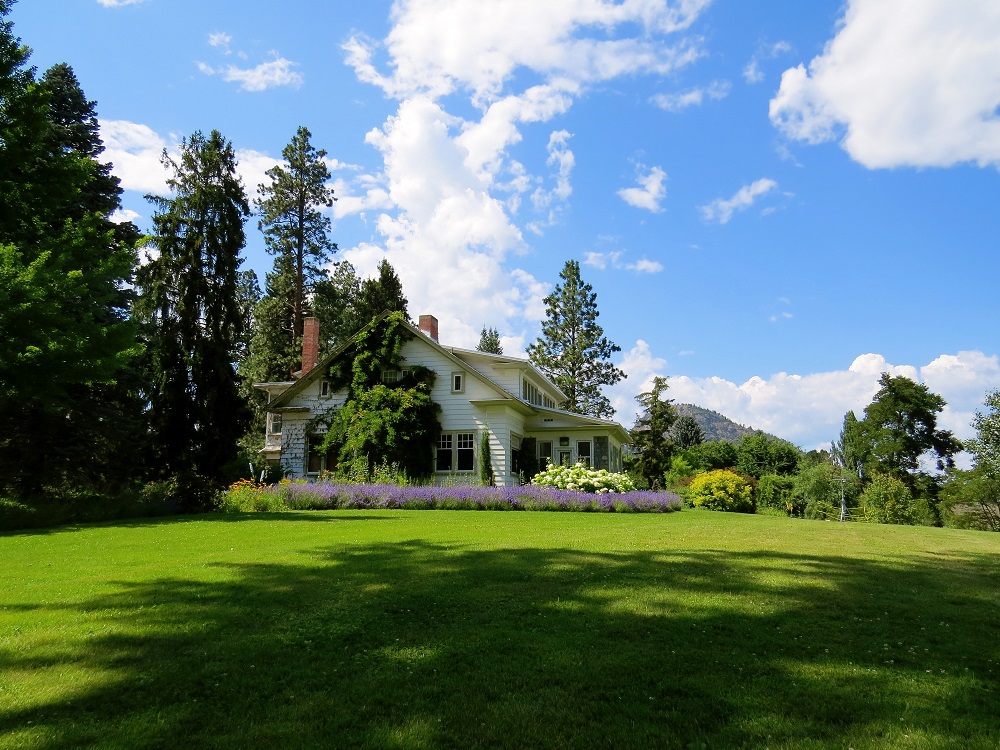Essential Lawn Care Tips for a Healthy and Beautiful Yard

A lush, green, and well-maintained lawn can significantly enhance the beauty and value of your property. However, achieving a healthy and beautiful yard requires proper care and maintenance. In this article, we will explore essential lawn care tips that will help you establish and maintain a thriving lawn. By following these guidelines, you can enjoy a vibrant and attractive yard that becomes the envy of the neighborhood.
Soil Preparation: The Foundation of a Healthy Lawn
Before laying the groundwork for a beautiful yard, it is crucial to ensure proper soil preparation. Conduct a soil test to determine its pH level and nutrient content. Based on the results, amend the soil with organic matter, such as compost or aged manure, to improve its fertility and structure. Adequate soil preparation provides a solid foundation for healthy grass growth.
Selecting the Right Grass Type
Choosing the appropriate grass type for your region and specific conditions is essential. Consider factors such as sunlight exposure, soil type, and climate when selecting grass varieties. Common warm-season grasses include Bermuda grass and Zoysia grass, while cool-season grasses include Kentucky bluegrass and fescue. Consulting with local experts or contacting your local cooperative extension service can provide valuable guidance in selecting the right grass for your area.
Proper Watering Techniques
Watering is a critical aspect of lawn care, and it is essential to strike the right balance. Deep and infrequent watering is preferable to frequent shallow watering, as it encourages deep root growth and drought tolerance. Water your lawn early in the morning to allow sufficient time for the grass blades to dry during the day, reducing the risk of diseases. Invest in a rain gauge or a smart irrigation system to ensure you provide the right amount of water based on your lawn’s needs and local water restrictions.
Mowing Practices for Optimal Growth
Mowing is more than just cutting grass; it plays a crucial role in maintaining a healthy lawn. Set your mower blade at the recommended height for your grass type and never remove more than one-third of the grass blade at a time. Regular mowing helps promote lateral growth, denser turf, and discourages weed growth. Additionally, keep your mower blades sharp to achieve clean cuts and prevent damage to the grass.
Proper Fertilization for Nutrient Balance
Fertilization is essential for maintaining a healthy and vibrant lawn. Before applying fertilizer, determine the nutrient requirements of your grass type and the appropriate fertilizer ratios. Opt for slow-release fertilizers to provide a steady supply of nutrients over time. Apply fertilizer according to the recommended schedule, typically during the active growing season, while following proper application rates to avoid over-fertilization.
Weed Control Strategies
Weeds can detract from the beauty and health of your lawn. Implementing weed control strategies is vital for maintaining a pristine yard. Start by ensuring proper lawn care practices, such as regular mowing and proper fertilization, as a healthy lawn is more resistant to weed infestation. Use pre-emergent herbicides to prevent weed seeds from germinating, and spot-treat weeds with post-emergent herbicides when necessary. Manual removal of weeds may also be required for persistent or large weed patches.
Aeration and Overseeding
Over time, lawns can become compacted, hindering proper water and nutrient absorption. Aeration involves creating small holes in the soil to alleviate compaction and promote airflow to the grassroots. Follow aeration with overseeding to introduce new grass seeds into the existing lawn, promoting thicker turf and filling in bare spots. Aeration and overseeding should be done during the growing season for optimal results.
Pest and Disease Management
Pests and diseases can threaten the health and beauty of your lawn. Regular monitoring is crucial to identify any signs of infestation or disease. Integrated Pest Management (IPM) practices involve using a combination of cultural, mechanical, and chemical control methods to manage pests effectively while minimizing environmental impact. Familiarize yourself with common lawn pests and diseases in your region and take appropriate measures to prevent or treat them.
Seasonal Maintenance and Cleanup
Proper seasonal maintenance ensures that your lawn remains healthy year-round. This includes tasks such as raking leaves and debris, removing thatch, and trimming shrubs and trees that may shade the lawn excessively. Overseed bare patches in the fall, apply winterizing treatments as needed, and prepare your lawn for spring by dethatching and performing the necessary soil amendments.
Achieving a healthy and beautiful yard requires consistent care and attention to detail. By following essential lawn care tips such as proper soil preparation, selecting the right grass type, watering correctly, mowing appropriately, fertilizing adequately, implementing weed control strategies, practicing aeration and overseeding, managing pests and diseases, and performing seasonal maintenance, you can establish and maintain a thriving lawn. A well-cared-for lawn not only enhances the aesthetics of your property but also provides a welcoming outdoor space for you and your family to enjoy for years to come.
Generated by ChatGPT
You May Also Like

Expert Tips for Ongoing Lawn Maintenance and Care in Roswell, Georgia
June 2, 2023
Watering Techniques for a Lush and Green Lawn
September 15, 2023

